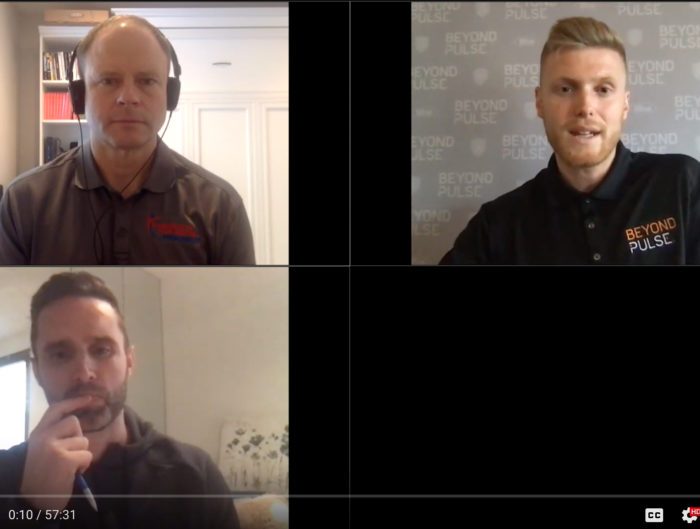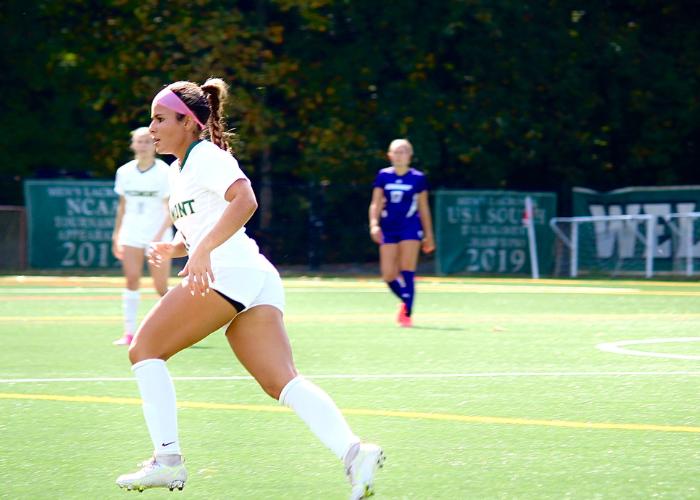Coaches have the power to shape the mindsets of their athletes, setting the stage for their journey to success. Inspired by the pioneering research of Carol Dweck, let’s delve into five basic tactics that you can integrate into your coaching methodology to start nurturing a growth mindset in your players.
1. Embrace Challenges as Opportunities:
- Tactic: Create practice sessions that gradually get tougher, pushing athletes outside their comfort zones.
- Example: In basketball, design a drill where players have to attempt shots from different spots on the court, including ones they may find challenging. Emphasize that the purpose is to improve their overall shooting skills rather than focusing solely on making every shot.
In this example, the emphasis lies on overall skill enhancement rather than mere shot success. This approach not only reinforces the idea that sustained effort and learning lead to improvement but also encourages athletes to persevere in the face of difficulties, ultimately building their resilience by transforming setbacks into opportunities for growth.
2. Focus on Effort and Process:
- Tactic: Provide positive feedback that highlights the effort, hard work, and strategies employed by athletes during practice and games.
- Example: After a soccer match, instead of simply praising the winning goal, commend players for their consistent hustle, teamwork, and effective communication on the field.
This example shifts athletes’ attention away from fixed abilities, encouraging them to see improvement as a continuous journey marked by learning and small steps forward, while fostering a positive team culture. By recognizing their effort, coaches convey that success isn’t just about natural talent but also about dedication and perseverance.
3. Promote Reflection and Self-Awareness:
- Tactic: Incorporate regular periods of self-reflection within your team’s routine, empowering athletes to analyze their performance, and mindset, and detect signs of a fixed outlook.
- Example: After track practice or competition, allocate time for athletes to contemplate their experiences individually. Prompt them to consider instances where they may have felt demotivated by challenges or setbacks. Urge them to assess whether their reactions were influenced by a fixed mindset, where they believed their abilities were unchangeable, or if they recognized the potential for growth and improvement.
These reflection exercises empower athletes to become more self-aware of their thought patterns and provide them with the opportunity to actively shift towards a growth-oriented mindset. Through this process, they can better understand their responses to challenges and work towards adopting a more resilient and optimistic perspective.
4. Provide Constructive Feedback:
- Tactic: Offer feedback that’s specific, actionable, and promotes growth. Focus on strengths and areas where athletes can improve.
- Example: If a tennis player struggles with their backhand, give feedback that acknowledges their dedication to practicing it, while also suggesting specific adjustments to their grip and footwork for better results.
In this example, coaches not only validate the athlete’s effort but also empower them with clear guidance on how to grow and develop their skills. This approach encourages athletes to view feedback as a valuable tool for progress rather than as criticism, reinforcing the belief that with dedication and learning, they can continuously improve their performance.
5. Set Process-Focused Goals:
- Tactic: Collaborate with athletes to set goals that revolve around skill development, effort, and process, rather than just outcomes.
- Example: In lacrosse, rather than setting a goal solely based on scoring goals during a game, collaborate with a player to establish a goal of refining their passing accuracy and field awareness. By consistently working on these foundational skills, their overall performance and contribution to the team’s success will naturally improve over time.
By consistently dedicating effort to these foundational skills, the player not only improves their individual performance but also contributes more effectively to the team’s success over time. This approach shifts the athlete’s focus from outcome-oriented pressures to the continuous process of growth and learning.
Fostering a Growth Mindset
By implementing these basic tactics, coaches can create an environment that nurtures a growth mindset, where athletes view challenges as opportunities, embrace effort and learning, and understand that failures are stepping stones toward improvement. Through consistent application, coaches can truly make a positive impact on their athletes’ mindset and overall development.
Learn more about the transformative power of a growth mindset.
REFERENCES: Carol Dweck, “Mindsets: Developing Talent through a Growth Mindset” (2009)

 FRA
FRA































